Travel around Evora with Bobby
Day 1Wandering the Roman Ruins and Timeless Streets
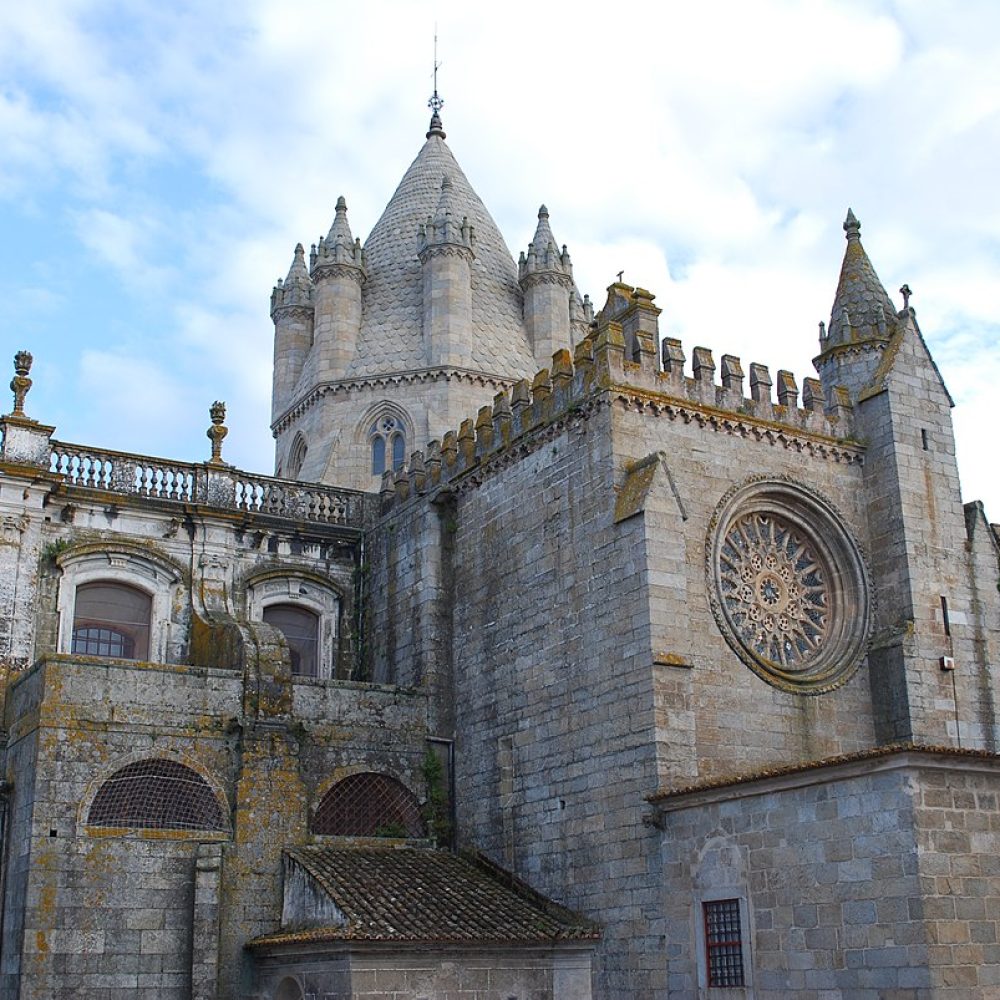
Upon arriving in Évora, I checked into a quaint, family-run guesthouse right in the heart of the historic city center, which gave me the perfect starting point for my exploration. I kicked off the day by visiting the Temple of Diana, a Roman marvel dating back to the 1st century. Standing among these ancient ruins, I felt a deep connection to the city’s past. Afterward, I wandered through the Praça do Giraldo, the vibrant main square filled with lively cafes and people-watching opportunities. I enjoyed a light lunch at a local café, tasting Açorda Alentejana, a garlic and bread soup that’s a true comfort food in this region.
In the afternoon, I took a short walk to Évora Cathedral, the largest medieval cathedral in Portugal, where I climbed the towers for an incredible panoramic view of the city and the vast Alentejo plains. The day ended with a quiet walk to the Chapel of Bones (Capela dos Ossos), an eerie yet fascinating site with walls decorated entirely with human bones. For dinner, I headed to Fialho, one of Évora’s most famous restaurants, where I tasted Porco Preto, a traditional black pork dish.
Spend the first day slowly exploring the historic core. Don’t rush—Évora’s magic lies in its details and the way history is interwoven with daily life.
- Bobby
Day 2Sipping Wine and Soaking in Évora’s Cultural Soul
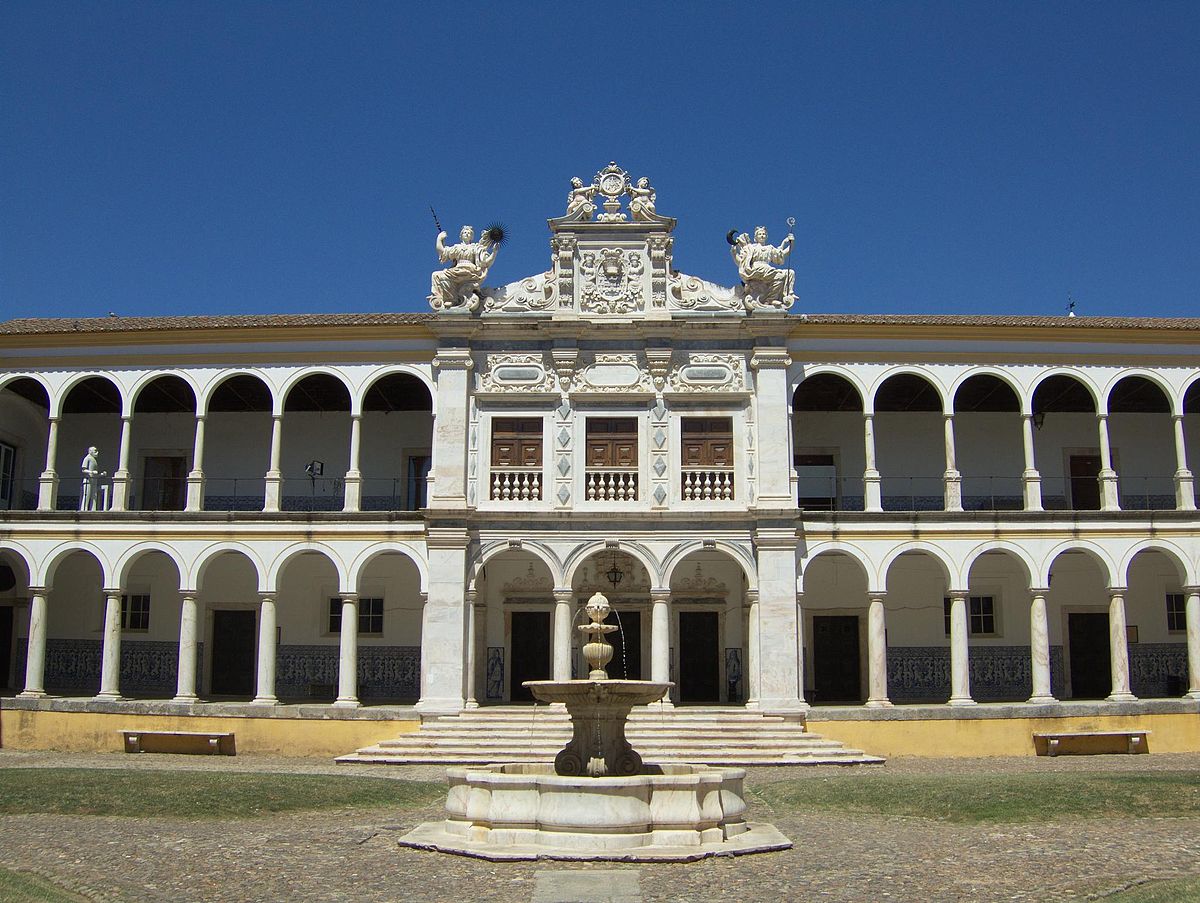
The second day started early with a trip outside the city to the Alentejo wine region, about a 20-minute drive from Évora. The region’s vineyards are among Portugal’s finest, and I couldn’t pass up the opportunity to tour a couple of wineries. I spent the morning tasting exquisite wines and learning about the local wine-making process, before returning to the city in the afternoon.
Back in Évora, I grabbed lunch at Taberna Típica Quarta-feira, where I indulged in a hearty plate of Ensopado de Borrego (lamb stew). Afterward, I explored the University of Évora, a striking mix of Renaissance and baroque architecture. Walking through the courtyards, I could sense the city’s long-standing academic heritage. For the rest of the day, I strolled along the Aqueduct of Silver Water, an impressive structure that snakes through the city, blending seamlessly with homes and shops built into its arches.
That evening, I enjoyed a quiet drink at Tertúlia, a laid-back bar that’s perfect for winding down after a day full of exploration.
Lunch at Taberna Típica Quarta-feira was a standout meal, where I savored Ensopado de Borrego, a tender lamb stew full of rich flavors. Dinner was lighter, with a small plate of local cheeses and a glass of Alentejo wine at Tertúlia, a perfect spot to unwind. The food was rustic, hearty, and full of character.

Food
Returning to the guesthouse after a day of exploration, I appreciated the peaceful ambiance and comfortable bed. The central location allowed me to take a quick break before heading out for the evening. While the amenities were basic, the authenticity and charm made up for it.

Accomodation
The day’s activities included a visit to the Alentejo wine region, which was not only visually stunning but also educational. Learning about the winemaking process and tasting local wines was a memorable experience. Exploring the Aqueduct of Silver Water afterward brought an element of architectural wonder to the day.

Activity
Don’t miss a visit to the Alentejo wine region. Even if you’re not a wine enthusiast, the landscapes and the warm hospitality of the locals make it a worthwhile experience.
- Bobby
Day 3Cork Forests, Artisan Craft, and Last Goodbyes
On my final day, I ventured just outside the city to visit the nearby Cork Forests of Alentejo, where I learned about the cork harvesting process that has shaped the region’s economy for centuries. Watching the artisans work with this natural resource was fascinating, and it was clear why cork is such an important export for the area. After the tour, I couldn’t resist picking up some handcrafted cork products as souvenirs.
Back in Évora, I took my time visiting the Palace of the Dukes of Cadaval, a beautiful estate still occupied by noble descendants. Its collection of art and antiques was a fitting close to my cultural journey through the city. For my final lunch, I headed to O Alpendre, a simple yet fantastic restaurant where I tried Migas, a dish made with leftover bread, garlic, and pork—a perfect representation of Alentejo’s rustic cuisine.
Before leaving, I took one last walk through Évora’s charming streets and made a stop at the Igreja de São Francisco, a stunning example of Gothic and Manueline architecture.
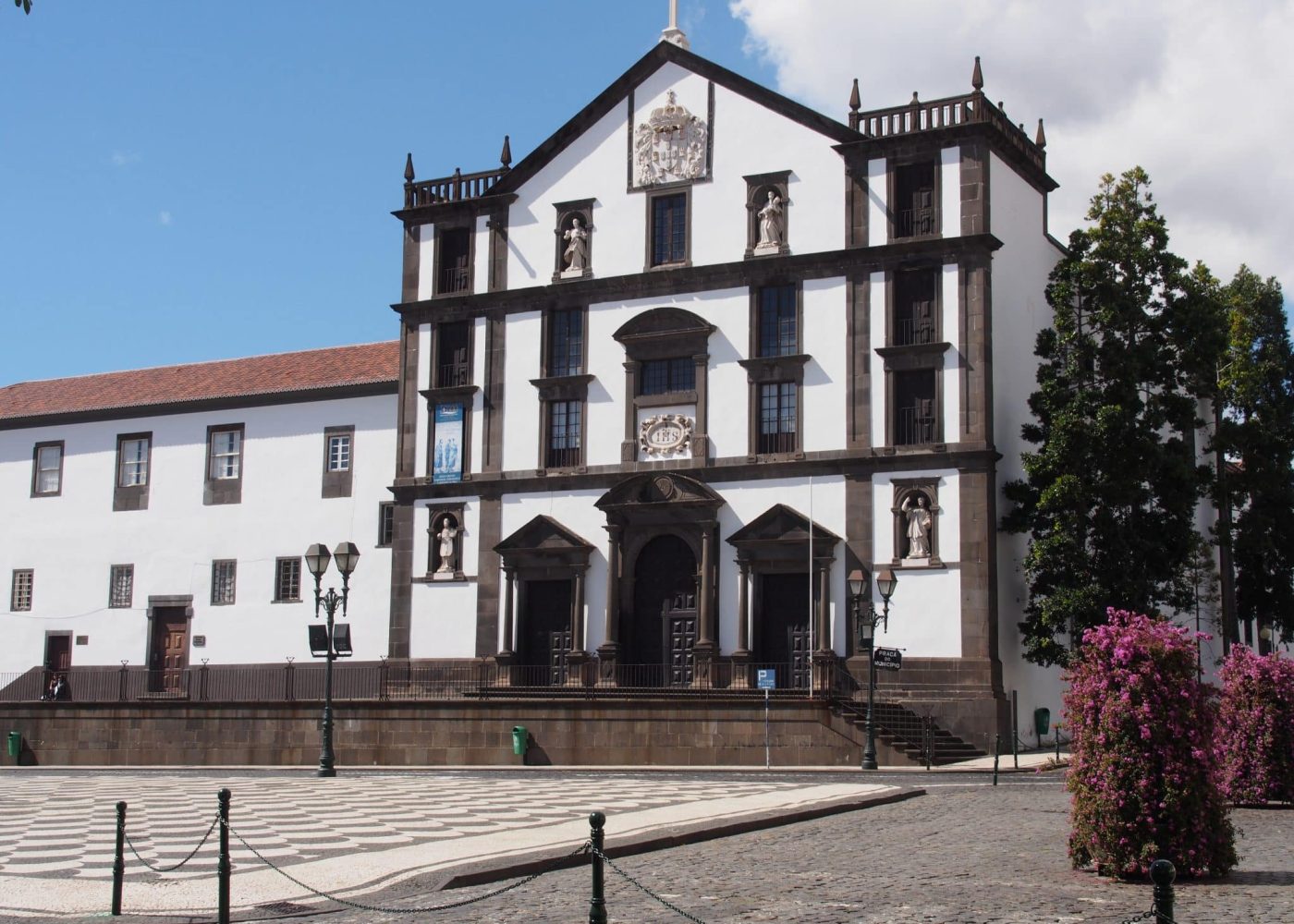
Lunch at O Alpendre was a simple yet deeply satisfying experience, where I tried Migas, a local dish made from bread, garlic, and pork. The rustic flavors were a fitting farewell to Évora’s culinary delights. Breakfast was also worth mentioning, with fresh pastries and strong Portuguese coffee.

Food
My last night at the guesthouse was as comfortable as the previous ones. Waking up to the quiet streets of Évora and having a peaceful breakfast before my last day of exploration made for a relaxing stay overall. It wasn’t luxury, but it had everything a traveler could need.

Accomodation
Visiting the Cork Forests outside of Évora was an enlightening experience. Learning about cork harvesting and seeing the craftsmanship behind it gave me a new appreciation for the region. The final walk through the Palace of the Dukes of Cadaval added a touch of nobility and elegance to my last day in Évora.

Activity
The cork forests are a unique experience that shouldn’t be missed. If you love supporting local craftsmanship, you’ll find plenty of treasures in Évora’s small artisan shops.
- Bobby
Summary of My Trip
Through Bobby's eyes
My experiences
Évora is a city that offers a perfect blend of history, culture, and authentic Portuguese charm. From its well-preserved Roman ruins to its local cuisine, it’s a destination that leaves a lasting impression on travelers. During my time here, I found the city to be both enriching and relaxing, with each aspect of my experience reflecting the region’s deep-rooted traditions and slow-paced lifestyle.

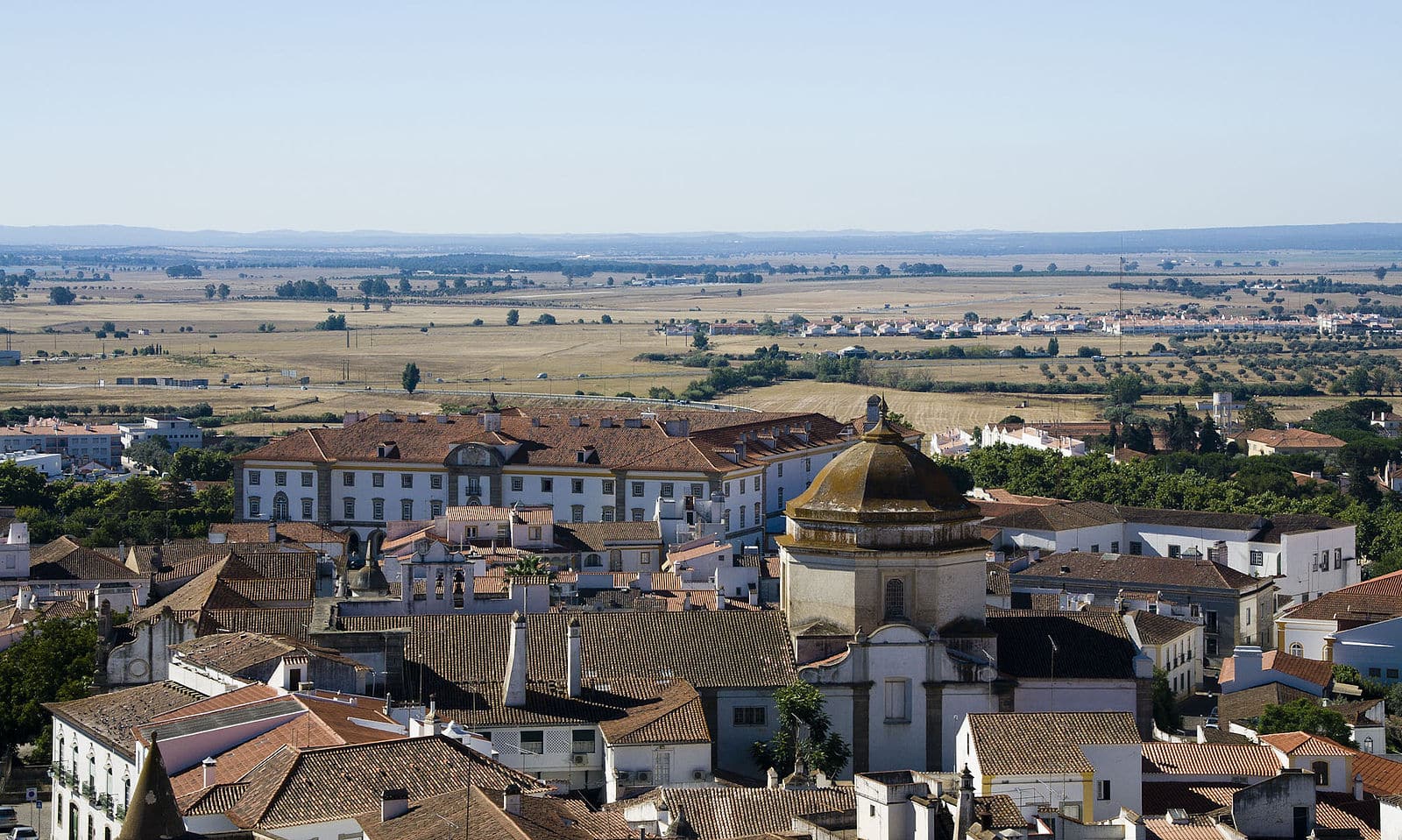
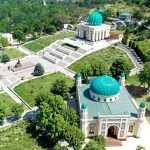
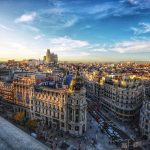
For lunch, I stopped at a local café in Praça do Giraldo and enjoyed Açorda Alentejana, a traditional bread and garlic soup that was comforting and full of flavor. Dinner at Fialho was the highlight of the day, where I had Porco Preto, a rich and savory black pork dish that was cooked to perfection. Both meals captured the essence of Évora’s hearty Alentejo cuisine.
Food
I stayed at a charming guesthouse in the old town, with stone walls and rustic decor that felt authentically local. The room was cozy, and its proximity to all the main attractions made it a perfect base for exploring the city. The service was friendly, and the quiet streets ensured a peaceful night’s sleep.
Accomodation
Visiting the Temple of Diana was awe-inspiring, and climbing the Évora Cathedral tower for panoramic views of the city was unforgettable. The Chapel of Bones added a mysterious and thought-provoking layer to the day’s activities. Each site offered a different glimpse into Évora’s layered history.
Activity